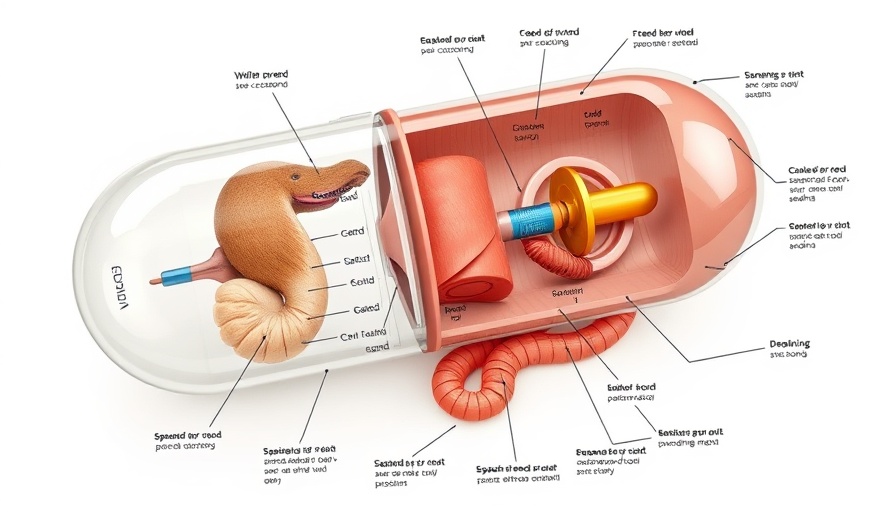
Understanding the Role of Urine-Based Tumor DNA Testing
Bladder cancer treatment has often relied on traditional invasive methods that can be traumatic for patients. However, a breakthrough study published in the journal European Urology highlights the potential of urine-based tumor DNA (utDNA) tests to personalize treatment strategies. By examining urine samples, researchers may offer new hope to bladder cancer patients by identifying those who are at a higher risk of cancer recurrence and tailoring immunotherapy accordingly.
Historical Context: A Shift in Cancer Treatment Approaches
Historically, treatments for bladder cancer have primarily involved surgical interventions or therapies that come with significant side effects. The conventional immunotherapy, Bacillus Calmette-Guérin (BCG), has been the standard treatment for early-stage bladder cancer. Despite its effectiveness for many, about 25% of patients do not respond adequately. The advent of the utDNA test provides a potential pathway to shift from a one-size-fits-all model to more individualized care, thereby reducing unnecessary surgeries and improving patient quality of life.
The Science Behind UroAmp: How It Works
The UroAmp test utilizes non-invasive methods to analyze urinary samples for tumor-specific genetic mutations. In a recent study involving the SWOG S1605 trial, the researchers collected urine samples before and three months after administering immunotherapy with atezolizumab. They discovered that the levels of utDNA correlated with patient responses to treatment, offering vital information that could influence treatment effectiveness early in the process. This not only helps in decision-making but also emphasizes early intervention, which can be crucial in the management of bladder cancer.
Diverse Perspectives: Is More Testing Always Better?
While the potential benefits of the uDNA test are evident, it is essential to consider diverse perspectives surrounding genetic testing in cancer treatment. Critics argue that frequent testing can lead to anxiety and unnecessary treatments if misinterpretations occur. Additionally, there are logistical aspects—access to such tests may not be equal across different healthcare settings, potentially leading to disparities in patient care. It raises the question of how we can ensure that such innovations are available to all patients, regardless of their circumstances.
Future Predictions: The Evolution of Bladder Cancer Care
As healthcare continues to evolve, the integration of precision medicine and genetic testing is likely to play a pivotal role in management strategies for bladder cancer and other malignancies. The introduction of tests like UroAmp suggests that bladder cancer treatment may soon become significantly more personalized, with strategies adapted based on real-time data rather than historical norms. This evolution could lead to reduced recurrence rates and improved overall survival rates for patients facing bladder cancer.
Conclusion: Embracing Change in Cancer Treatment
Incorporating urine-based DNA testing in the treatment of bladder cancer represents a significant move towards personalized medicine. Patients previously at risk of major surgeries now have alternatives that could spare them major interventions while providing hope grounded in better prediction of treatment outcomes. The ultimate goal remains clear: enhancing patient quality of life and survival rates. As more research emerges, the medical community may find itself at the forefront of innovative cancer therapies that embrace not just technology, but also compassionate, individualized care.
 Add Row
Add Row  Add
Add 




 Add Row
Add Row  Add
Add 
Write A Comment